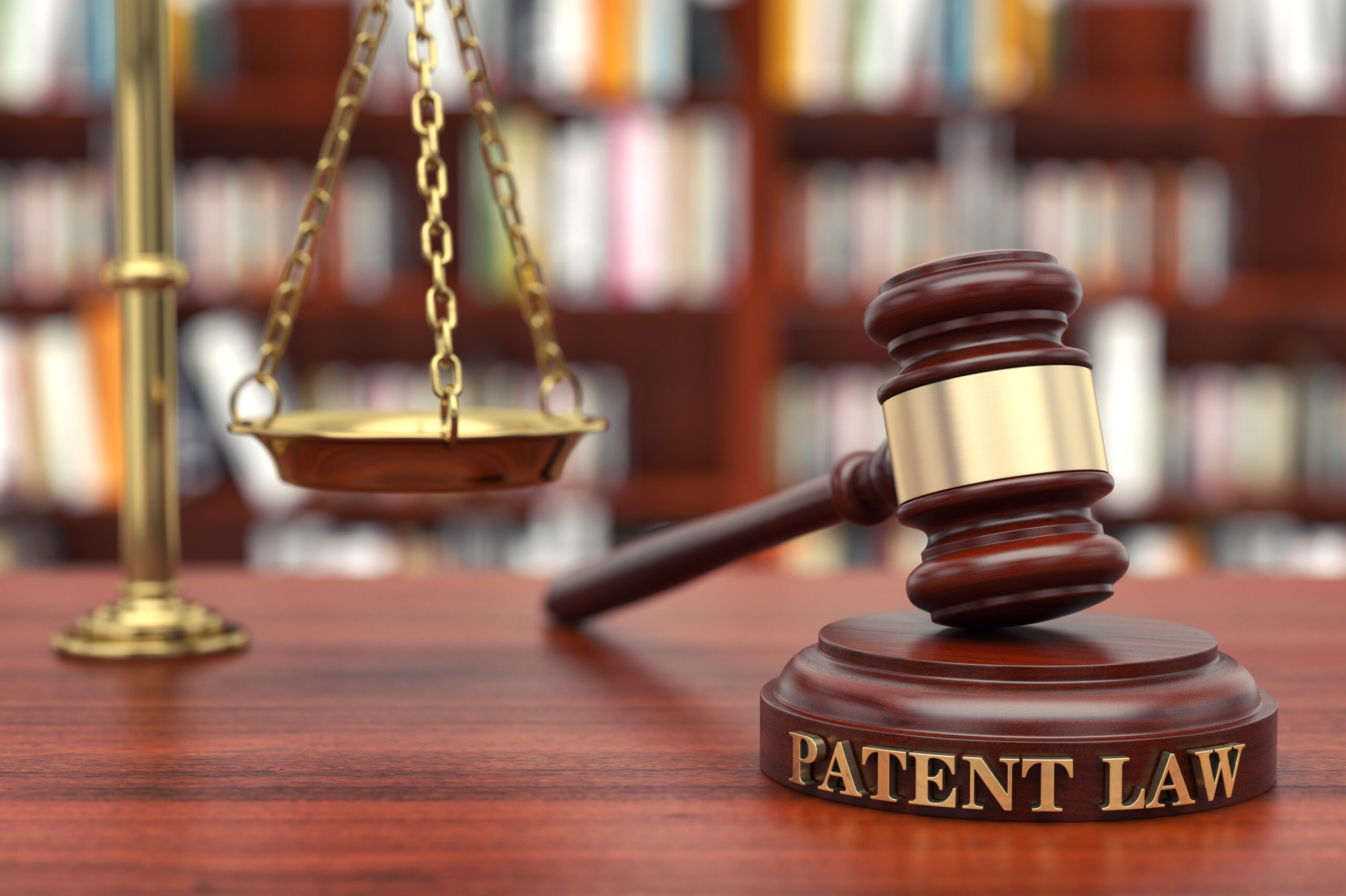Patent Eligibility Law Reform
by Nafsika Karavida
The Likely Reintroduction of the Patent Eligibility Reform Act
The Patent Eligibility Reform Act (“PERA”)[1] is expected to be reintroduced under the current Trump administration. Many in the patent law and innovation sectors believe that the administration’s pro-business stance, emphasis on intellectual property rights, and a conservative-leaning Supreme Court create a favorable environment for revisiting patent eligibility laws. Critics of the Alice/Mayo framework, which has significantly restricted patents in biotechnology and software, argue that these judicial decisions have created uncertainty and discouraged investment in innovation. As a result, PERA is seen by its proponents as a necessary step to restore clarity and incentivize research and development in key industries. Importantly though – as explained in this article – under PERA the fundamental exceptions to patentability, such as laws of nature, will remain unpatentable but applications of abstract ideas requiring some sort of computer implementation will generally be patentable.
Background: The Need for Reform
Patent eligibility in the U.S. is governed by 35 U.S.C. §101, which outlines the basic criteria for what can be patented. However, over the years, Supreme Court decisions such as Mayo Collaborative Services v. Prometheus[2] (2012), Association for Molecular Pathology v. Myriad Genetics[3](2013), and Alice Corp. Pty. Ltd. V. CLS Bank Intern.[4] (2014) have introduced judicial exceptions that exclude laws of nature, abstract ideas, and natural phenomena from patent protection even in cases where such types of discoveries have included a specific application or required generic computer implementation. While these rulings were intended to prevent overly broad or vague patents as well as to weed out subject matter that really is not an invention but rather a finding of something already existing, they have also created legal uncertainty, making it difficult for inventors, businesses, and investors to determine what innovations qualify for patent protection.
In fields like biotechnology, software applications, and medical diagnostics, the impact has been particularly severe. Many patent applications have been rejected or invalidated under the Alice/Mayo framework, leading to concerns that U.S. innovation is being stifled compared to countries with more straightforward patent laws, such as China and the European Union. PERA aims to address these issues by providing a clearer and more predictable legal standard.
What PERA Aims to Achieve
PERA seeks to eliminate judge-made exceptions and establish a clearer statutory framework for determining patent eligibility. By removing the Alice/Mayo test, the bill would provide greater legal certainty, ensuring that inventors and businesses can confidently pursue patents without fear of unpredictable court decisions. The legislation would also expand patent eligibility in critical areas such as biotech, AI, software, and medical diagnostics, where advancements often involve applications of natural laws or abstract algorithms that courts have previously deemed unpatentable.
Additionally, PERA is designed to align U.S. patent law with global standards, ensuring that American innovators can compete on a level playing field with international counterparts. Currently, some argue that the restrictive interpretation of §101 has put the U.S. at a disadvantage, discouraging investment and pushing innovation to more patent-friendly jurisdictions.
What PERA Does Not Make Patentable
While PERA aims to broaden patent eligibility, it does not open the door to unrestricted patenting. The bill explicitly excludes certain subject matter from patent protection, including business methods unless the process “cannot practically be performed without the use of a machine or manufacture.”[5] Similarly, mental processes and mathematical formulas that exist without practical application remain unpatentable, ensuring that fundamental scientific principles cannot be monopolized. Furthermore, naturally occurring substances in their original form, including an unmodified human gene, would remain outside the scope of patent protection, preventing companies from patenting genes or biological materials that exist in nature.
Pros and Cons
Supporters of PERA argue that it would restore certainty in patent law, making it easier for businesses to secure funding and invest in new technologies. By expanding patent eligibility, the bill could encourage innovation in key industries, particularly in areas where current patent restrictions have been seen as a major barrier. Proponents also highlight the economic benefits of stronger patent protection, as industries like biotech and AI rely on patents to attract investment and remain globally competitive.
However, critics warn that expanding patent eligibility could lead to a rise in frivolous patent litigation, particularly from patent trolls who exploit vague or overly broad patents to sue businesses for financial gain. There are also concerns that the bill could lead to “over-patenting,” creating barriers for startups and smaller companies that lack the resources to navigate complex patent disputes. Additionally, while PERA aims to provide clarity, some experts believe that any new standard could still result in legal uncertainty, requiring years of litigation to establish clear precedents.
Conclusion
With the Trump administration’s business-friendly policies and growing concerns about U.S. competitiveness in innovation, PERA is likely to return to the legislative agenda. Whether it succeeds will depend on Congressional support and industry lobbying in the coming years. While the bill promises to bring clarity and consistency to patent eligibility, the debate over how broad patent protection should be remains a key issue that policymakers will need to navigate carefully.
[1] Text – S.2140 – 118th Congress (2023-2024): Patent Eligibility Restoration Act of 2023 | Congress.gov | Library of Congress
[2] 566 U.S. 66.
[3] 569 U.S. 576.
[4] 573 U.S. 208.
[5] § 101(b)(1)(B) of PERA.

This article is intended as a general discussion of these issues only and is not to be considered legal advice or relied upon. For more information, please contact RPJ Senior Associate Nafsika Karavida who counsels clients on employment, intellectual property, corporate and transactional, and cross-border commercial law. Ms. Karavida is admitted to practice law in Connecticut, New York, Sweden, the European Union, and before the United States Patent and Trademark Office.

